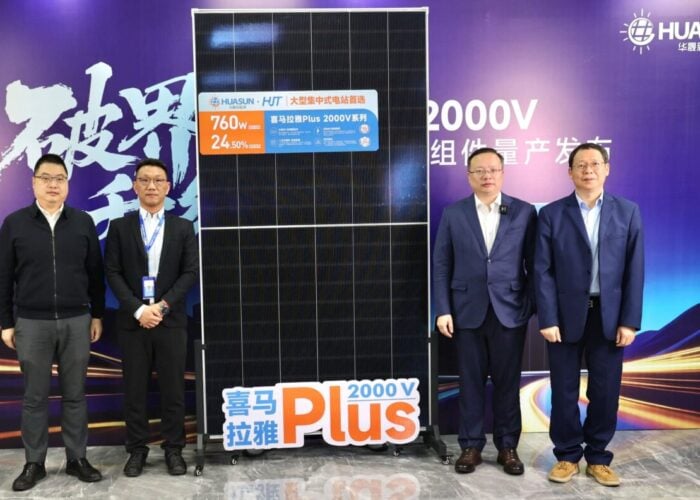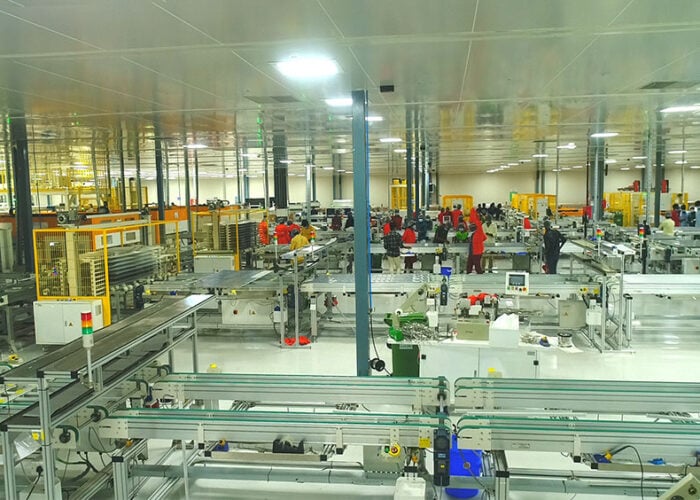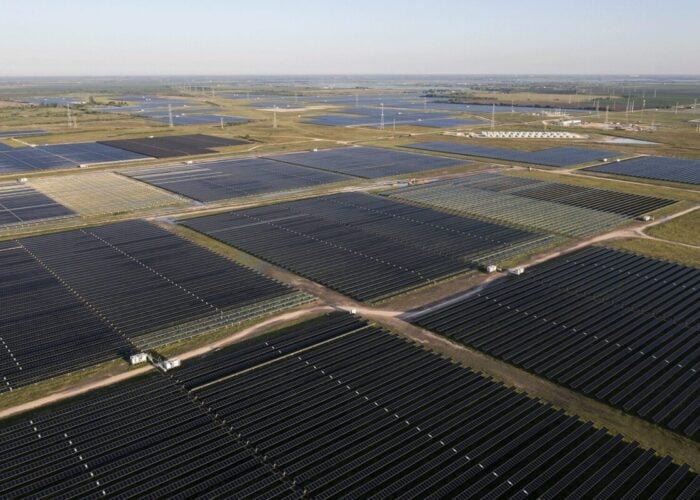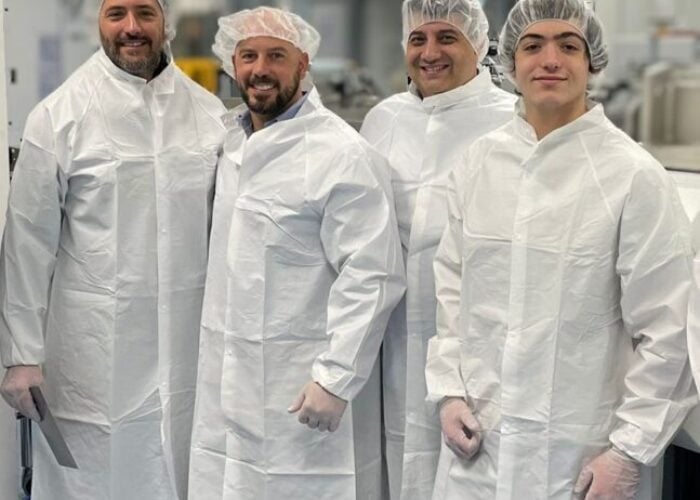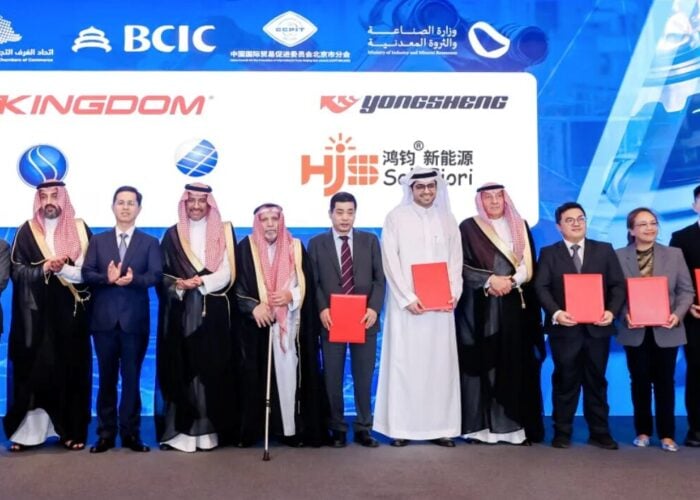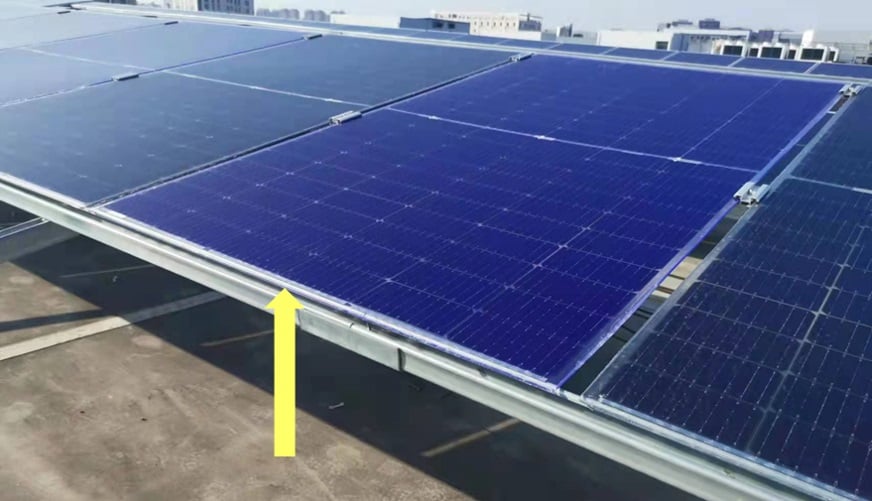
Solar cell production equipment supplier Suzhou Maxwell Technologies has increased the power of a 60-cell heterojunction (HJT) module by more than 5W thanks to the addition of a light conversion film.
Through a collaboration with PV backsheet manufacturer Cybrid Technologies, Maxwell has developed a new module featuring a film that converts ultraviolet light with a low photon response for HJT solar cells into blue or red light with a higher photon response, thereby increasing the power.
Try Premium for just $1
- Full premium access for the first month at only $1
- Converts to an annual rate after 30 days unless cancelled
- Cancel anytime during the trial period
Premium Benefits
- Expert industry analysis and interviews
- Digital access to PV Tech Power journal
- Exclusive event discounts
Or get the full Premium subscription right away
Or continue reading this article for free
According to Maxwell, the current of HJT cells is lower than that of ordinary ones because the transparent conducting oxide (TCO) film and the amorphous silicon film absorb ultraviolet rays. Its new innovation aims to make up for this shortcoming.
The company said that for HJT technology, light conversion materials absorb ultraviolet light and convert it into visible light with nearly 100% responsivity, boosting the current of solar cells and enhancing the power of modules, while the converted photons have no negative impact on the interface passivation of HJT products.
A module featuring light conversion films combines the advantages of commonly used highly permeable films and UV cut-off films, according to Maxwell. It is said to have the same initial power as modules with highly permeable films and equals modules with UV cut-off films in terms of power degradation.
Data from an experimental power station featuring the new technology indicates that light conversion materials have a great application prospect in HJT products, said Maxwell, which is calling on industry players to jointly optimise light conversion materials and improve the weather resistance of light conversion films.
It was announced last month that Maxwell and Australian solar technology start-up SunDriver recorded a conversion efficiency of 26.07% with a commercial-size HJT cell. The companies said the result “demonstrates the future potential for HJT solar cell efficiencies exceeding 26% in mass production”.


